The city and the archaeological site was located in what is now theSan Juan Teotihuacán municipality in the State of Mexico. The site covers a total surface area of 83 km² and was made a UNESCO World Heritage Site in 1987, and is one of the most visited archaeological sites in Mexico.
Teotihuacan is one of the most impressive urban architectural complexes in ancient America, and one of the most spectacular archaeological sites in the world. Teotihuacan’s name, "the place where men become gods," expresses what the city meant to the Aztecs. It is located twenty-five miles northeast of Mexico City between the Valley of Mexico and the Valley of Pueblo. Teotihuacan first arose about 2100 B.C.E. The city flourished through most of the Classical Period. At its height, in 600 C.E., it was the sixth largest city in the world. Its area
covered eight square miles and was home to fifty-thousand people.
The city was built to conform to a grid pattern. There is a main north-south axis traversed by an east-west axis with the Street of the Dead at the city center. The center consists of the citadel on the east side and the Great Compound on the west side. Inside the citadel is the Temple of Quetzacoatl, which is the best evidence of the skill achieved in stone sculpture. The great compound lacks significant structures and may have been an administrative building. The city’s largest structure, the Pyramid of the Sun, was constructed of about one million cubic yards of material. It measures about 720 by 760 feet at the base and rises by five terraces to a present height of 216 feet. The smaller Pyramid of the Moon is at the north end of the Street of the Dead, which is 130 feet wide and one and a half miles long. There are also smaller temples and over four-thousand one-story apartment buildings.
The city of Teotihuacán declined from one of the largest metropolitan cities in Mexico in the fifth and sixth centuries C.E.; to abandonment in the seventh and eighth centuries C.E.. Although archeologists can document the actual abandonment of the city, there is little evidence pointing to why it may have been abandoned. An increase in the amount of militarism in the art and artifacts of that period suggests an increase in warfare which could be a possible explanation. After 750 C.E. there's evidence of ritual-like burning of the monuments and
temples of the city, which has been associated with a decline and loss of power.
What was once the most important city on the American Continent, the focal point attracting and integrating a vast network of material and culture exchange, continues to exert its power on those who study it. Teotihuacan has been an archaeological site for hundreds of years, and was the subject of one of the oldest archaeological explorations known.

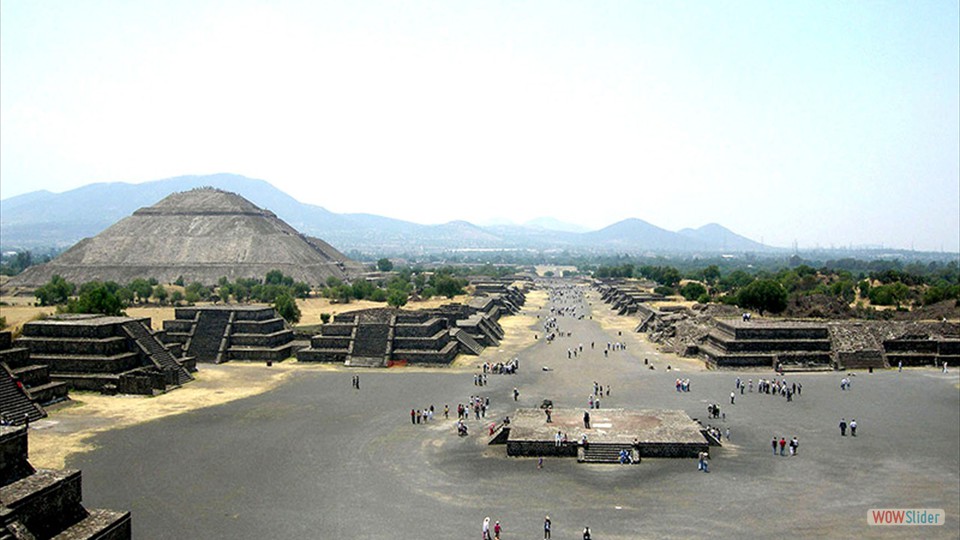
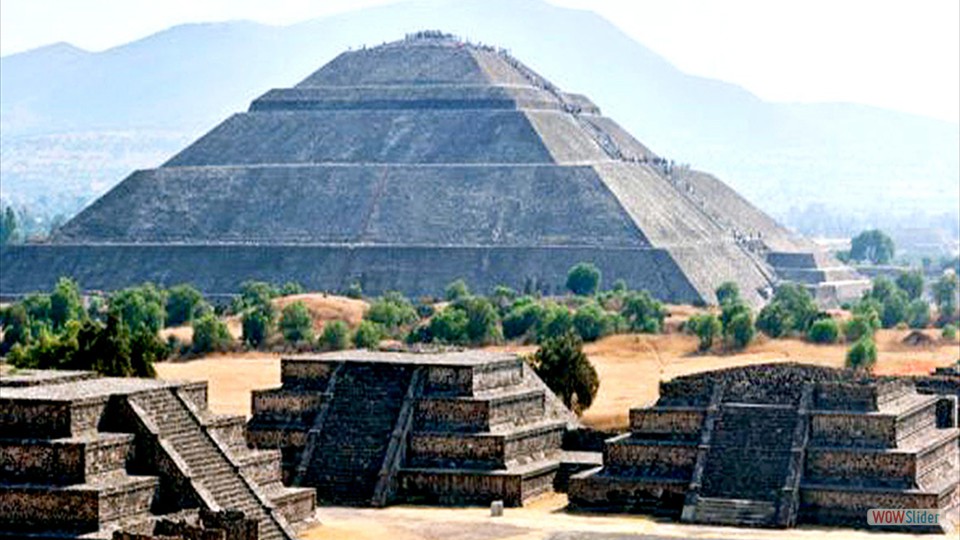

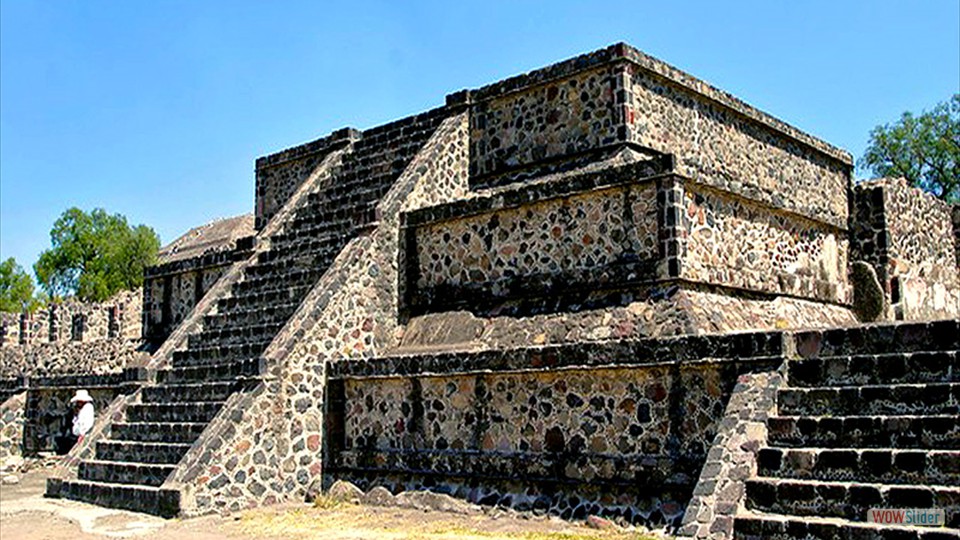
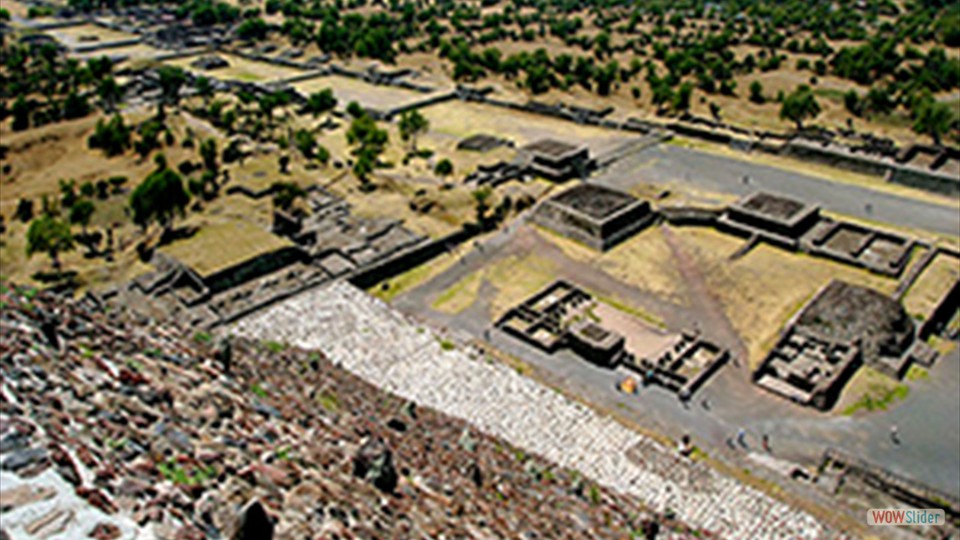

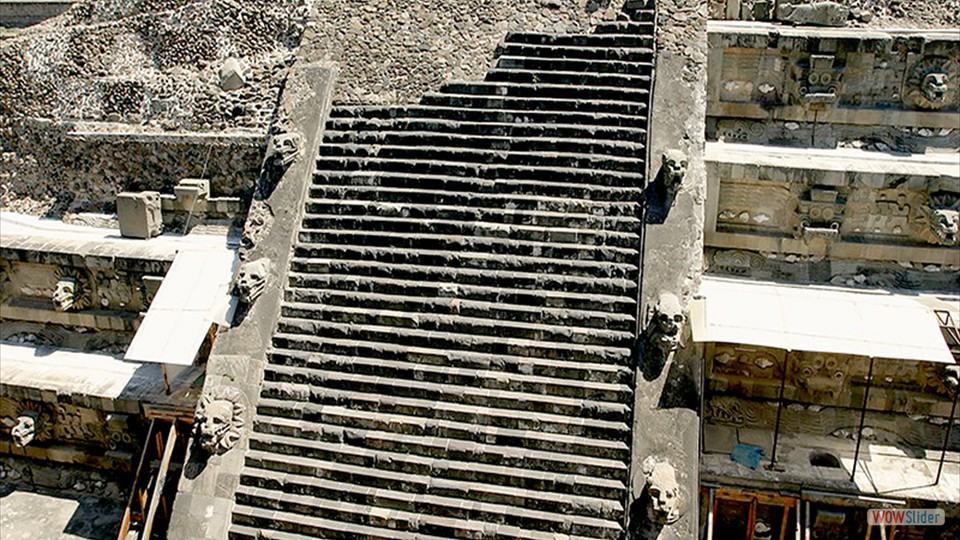
 1
1 2
2 3
3 4
4 5
5 6
6 7
7